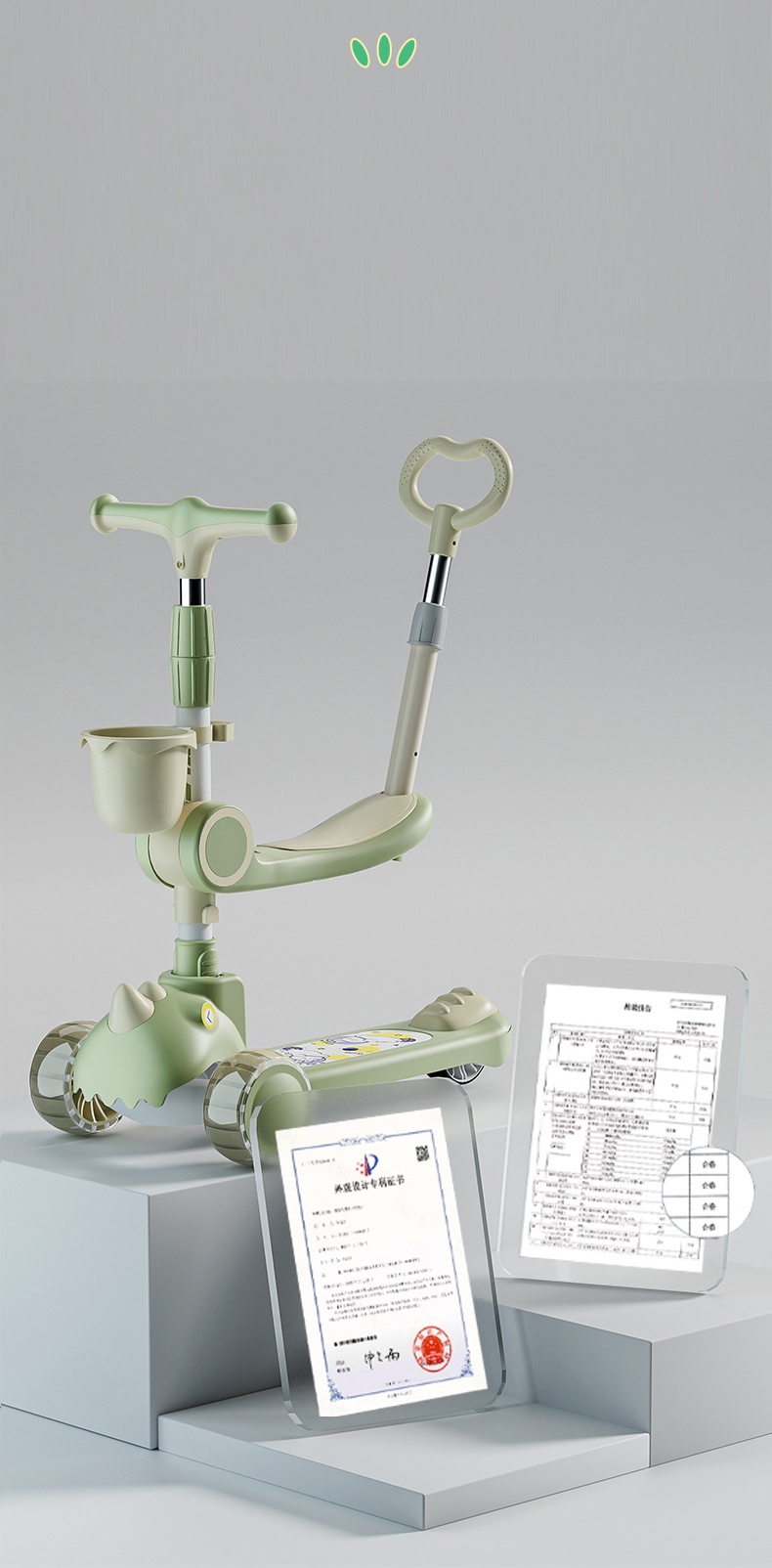The Best Realistic Motorcycles for Kids to Ride and Enjoy Their Adventures
Real Motorcycles for Kids A Safe Adventure on Two Wheels
In recent years, the market for children's motorcycles has expanded significantly, offering young riders the thrill of two-wheeled adventures in a safe and controlled environment. Real motorcycles for kids, often designed with safety and usability in mind, serve as an excellent introduction to the world of motorcycling. This article will explore the benefits of getting kids their first motorcycle, the safety features to look for, and what makes these machines suitable for our youngest riders.
The Allure of Motorcycling for Kids
Motorcycling can ignite a sense of freedom and adventure in children. The idea of cruising down a trail or zooming around a neighborhood on a small motorcycle can be incredibly appealing. It fosters a feeling of independence and the opportunity to develop motor skills, balance, and coordination. Moreover, riding motorcycles can encourage outdoor activities and help kids connect with nature and their peers.
Real motorcycles for kids come in various forms, including mini dirt bikes, electric scooters, and small street bikes. The diversity allows parents to choose the perfect bike that matches their child's interests and skill level. Many of these motorcycles are designed to resemble their larger counterparts, giving kids an authentic motorcycling experience while being scaled down for safety.
Safety Features to Consider
When it comes to selecting a motorcycle for children, safety is paramount. Parents should prioritize machines designed specifically for younger riders. Here are some essential safety features to look for
1. Speed Limiters Many children’s motorcycles come with adjustable speed limits. This allows parents to set the maximum speed according to their child’s maturity and experience level. It ensures that young riders can enjoy their motorcycles without the risk of excessive speed.
real motorcycle for kids

2. Automatic Transmission For beginners, automatic or semi-automatic transmissions can simplify the riding experience. It lets kids focus on balance and steering without having to manage gears, making it easier for them to gain confidence on two wheels.
3. Weight and Size The motorcycle should be lightweight and appropriately sized for the child. A bike that is too heavy or large may become difficult to handle, increasing the risk of accidents.
4. Protective Gear Although not a motorcycle feature, the essential protective gear—such as helmets, gloves, knee pads, and elbow pads—cannot be overlooked. Educating children about the importance of wearing safety gear will instill good habits that last a lifetime.
5. Quality Build Look for reputable brands that prioritize quality and durability. High-quality motorcycles will typically provide better safety features and performance, ultimately ensuring a more enjoyable experience.
Teaching Responsible Riding
Owning a motorcycle should come hand-in-hand with responsibility. Before allowing your child to ride, consider enrolling them in a motorcycle safety course designed for young riders. These courses teach essential skills, including how to operate the motorcycle, understand road signs, and navigate safely. Parents should also set boundaries regarding where and when their children can ride, ensuring that they do so in safe environments away from heavy traffic.
Conclusion
In conclusion, real motorcycles for kids represent much more than just a toy; they are gateways to experiences that foster a love for outdoor activities and motorcycling culture. By prioritizing safety and teaching responsible riding habits, parents can provide their children with the thrill of riding while ensuring their well-being. With the right approach, young riders can embark on their two-wheeled adventure, creating memories that will last a lifetime.
-
Understanding Voltage in Battery for Children's Motorized CarNewsJun.05,2025
-
Safety Features to Look for in an Electric Car for KidsNewsJun.05,2025
-
How to Teach Your Child to Ride a Kids MotorcycleNewsJun.05,2025
-
How to Prevent Falls on a Balanced ScooterNewsJun.05,2025
-
How to Maintain Your 3 Wheeled Scooter for LongevityNewsJun.05,2025
-
Best Motorcycle Scooters for Urban CommutingNewsJun.05,2025
